In the most deadly disaster in Santa Barbara history — maritime or otherwise — 34 people are presumed dead after the Conception, a well-known chartered dive boat, violently burst into flames 20 yards from Santa Cruz Island, where it was moored in the early morning hours of Labor Day.
As of Tuesday morning, 20 bodies had been recovered from the wreckage and taken to the County of Santa Barbara’s coroner office for storage and forensic evaluation. Fourteen people were still missing. The cause of the fire remains far from certain, but witnesses described a series of explosions taking place at about the same time the first frantic mayday call came in at 3:30 a.m.
Theories abound, but it remains unclear if the fire triggered the explosions or the explosions caused the fire. In any case, the violence and heat of the conflagration was sufficiently searing that identification of the first four bodies retrieved from the scene will require DNA analysis.
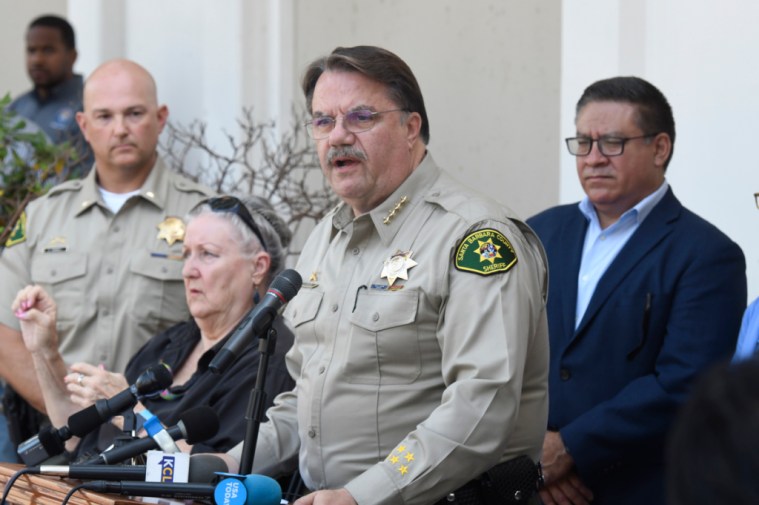
Sheriff Bill Brown only disclosed the genders of the recovered victims — 11 females and nine males — could be ascertained, but said that most of the passengers were from the Santa Cruz and San Jose area. Brown said authorities have the names of all passengers and crew on board the vessel, but that no names will be released pending notification of next of kin.
Five crew members, sleeping on the deck, managed to escape. One crew member, however, did not. In addition, it’s believed that Kristy Finstad, co-owner of Worldwide Diving Adventures, the company that chartered the boat for a three-day scuba diving tour of the Channel Islands, also perished.
The facts, such as they are known, are as follows. As of 3:30 a.m., the U.S. Coast Guard received a garbled mayday alert from the boat. At that point, the boat was reportedly fully engulfed; but according to Brown, no explosions were reported, referred to, or could be heard. Within an hour, the Coast Guard has boats dispatched to the scene with aircraft support.
By then, five crew members had boarded a dingy and paddled to a boat 200 yards away, The Grape Escape. Owners of that boat, Don and Shirley Hansen of Madera, California, reported one crew member had a broken ankle, another a broken foot. A couple of crew members went back to the Conception to see if they could help. They could not. Smoke was thick and searing. A voice on one radio transmission complained about not being able to breathe. The Hansens reported hearing a number of explosions.
The Conception, built in 1981, was a 75-foot vessel with a wooden hull that was coated in fiberglass. Authorities have yet to determine how the boat was so quickly consumed. On board are tanks of oxygen and Nitrox — a combination of oxygen and nitrogen — used by divers. The latter two, while not explosive, could help propel the flames. Four hours later, at 7:20 a.m., what was left of the boat sunk. According to the most recent reports, its remains are planted on the ocean floor in water less than 65 feet deep.
The passengers were sleeping in bunks below deck, the beds — whether singles or doubles — stacked three deep. According to individuals familiar with the boat, one of three owned by Truth Aquatics, an escape passage existed. According to Sheriff Brown and Coast Guard Commander Monica Rochester, the Conception had been inspected within the year and met all safety requirements regarding fire safety equipment and emergency evacuation.
The Coast Guard’s Jayhawk helicopter out of San Diego shot this footage of the Conception when it responded to the fire on September 2, 2019. | Courtesy: USCG
Longtime Santa Barbara fisherman Nick Voss, familiar with the boat and Truth Aquatics, praised the operation. “It’s so well run, so clean, so tight,” he said. “Their boats are just immaculate. You could eat off the engine.”
As to who the passengers were, speculation abounds. According to several sources, the boat had been chartered by a group from the San Francisco Bay Area for the three-day Labor Day excursion. The same group had reportedly leased the boat many times in the past and many of its members were Asian or Asian-American. A Japanese news service reportedly had been offering to pay Santa Barbara boat owners for rides out to the spot the Conception went up in flames.
Early indications suggest whatever happened happened with such sudden ferocity that the victims had little time to react. Unconfirmed reports suggest smoke inhalation might have been the culprit in some deaths. In others, limbs are missing, suggesting perhaps an explosion was involved. The presence of lithium batteries — used in recharging high end photographic equipment common to such expeditions — has raised the possibility of a lithium battery fire. Typically, such batteries are recharged in the galley, also known as the salon. For those below decks to make their way up the escape hatch, they’d have to run through the salon. Early indications suggest the fire erupted so suddenly that none of the victims made it to the salon.
There are conflicting accounts as to the condition of the boat itself. Some witnesses say the bow is protruding from the water; Sheriff Bill Brown said it was upside down underwater. In any event, the boat reportedly carried 1,500 gallons of diesel fuel. Should that escape in such near proximity to a marine sanctuary, it would be of significant environmental concern. All this complicates the already challenging logistics involved in retrieving the vessel from the water and getting it on dry dock for further forensic review.
An alphabet soup of governmental agencies are involved in the response efforts: the Coast Guard, Ventura and Santa Barbara counties, the California Office of Emergency Services, and the National Park Services, among others. Also helping out was a small private nautical service company out of Ventura, Vessel Assist, which provides the maritime equivalent of roadside assistance commonly provided by Triple A. In this case, Vessel Assist operator Mark Ameral secured the burning boat after the heat had burned through the anchor line. Ameral reportedly kept the boat from drifting by throwing a grappling hook on it, allowing fire fighting vessels to douse it in water.
To date, the Thomas Fire and Debris Flow qualify as Santa Barbara’s most deadly disaster with 23 total casualties. In 1923, 23 sailors died on Honda Point near Point Arguello when seven naval vessels collided. By contrast, Santa Barbara’s earthquake of 1925 claimed 13 lives.
Because Santa Cruz Island falls within the geographical jurisdiction of Santa Barbara County, Sheriff Bill Brown is responsible for the remains extricated from the sea. He has received offers of assistance from several other coroner’s offices throughout Southern California.
Correction: The statement in an earlier version of this story that tanks of propane were on board for cooking has been removed as the galley was all electric.

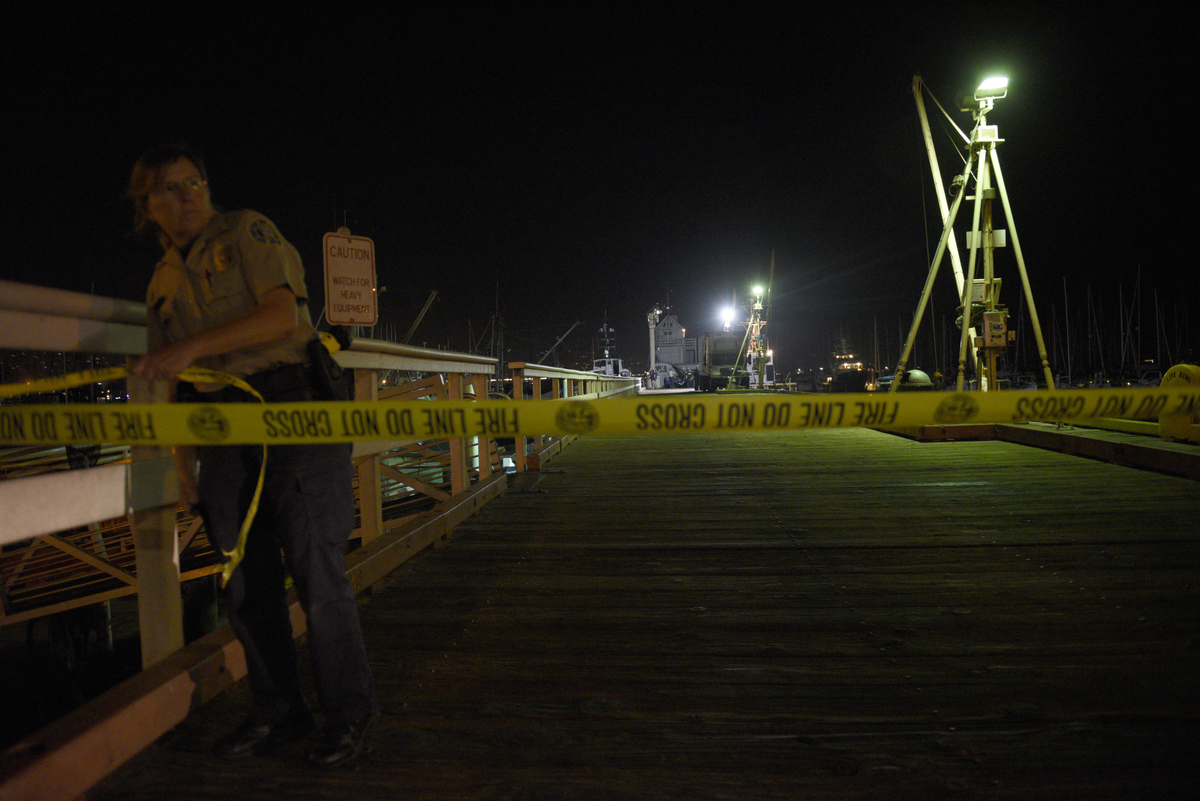
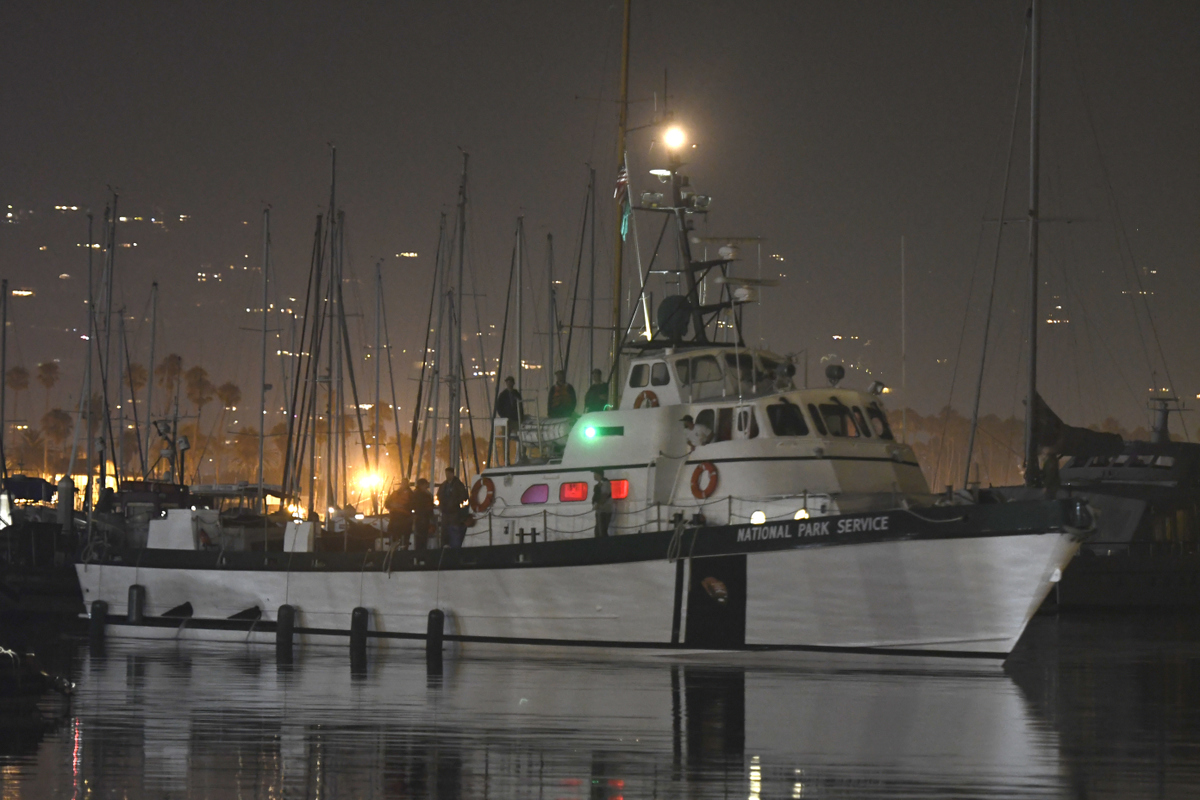
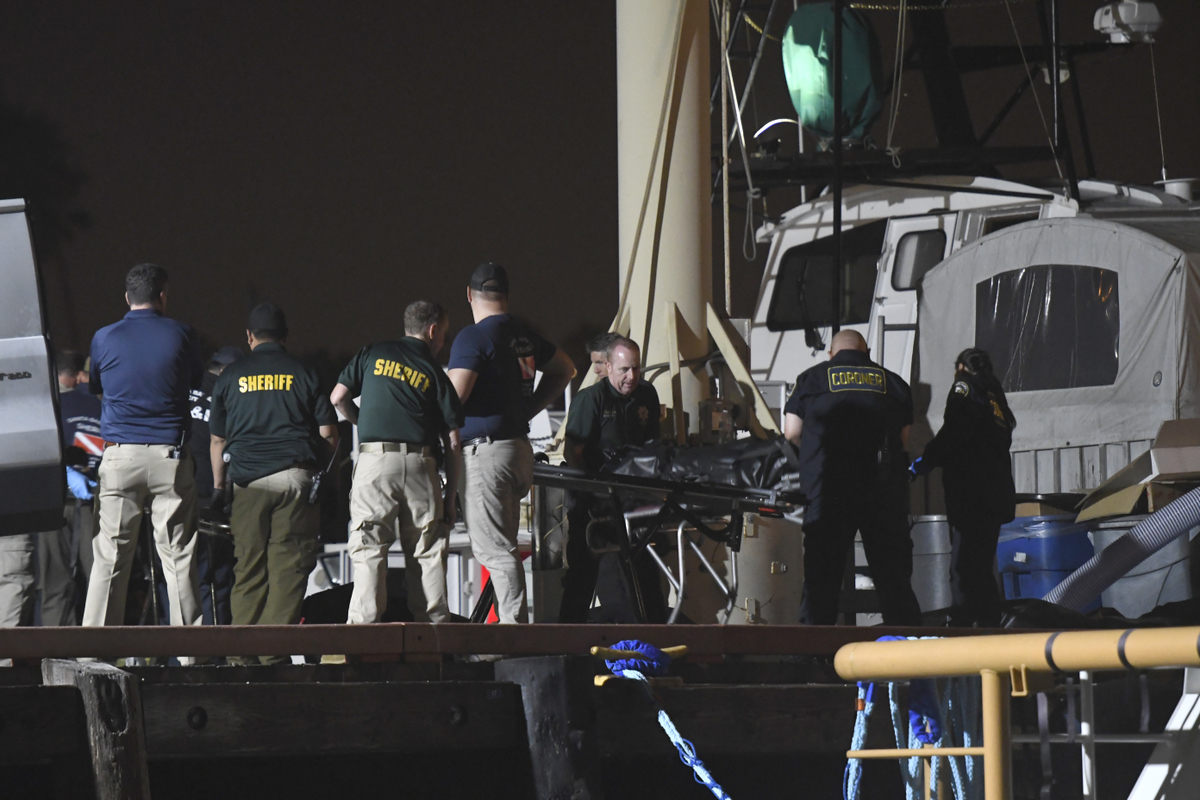
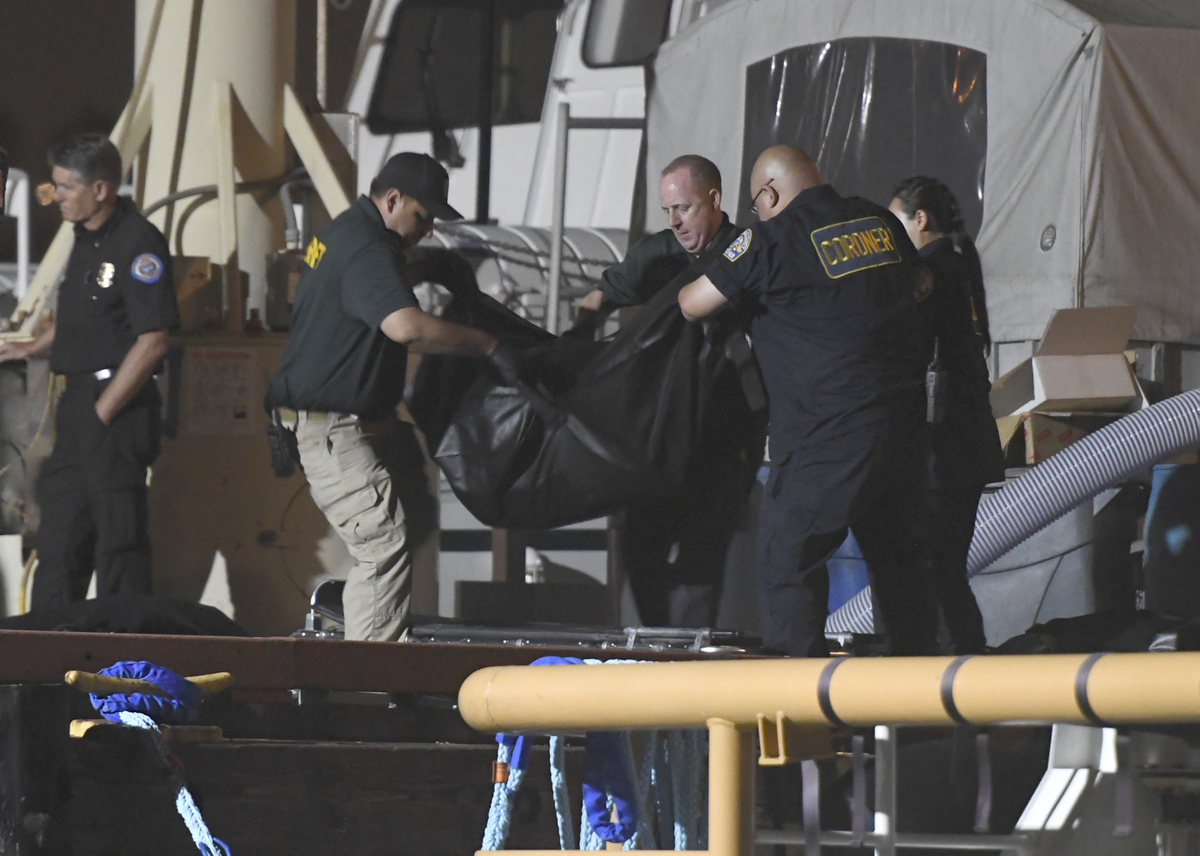
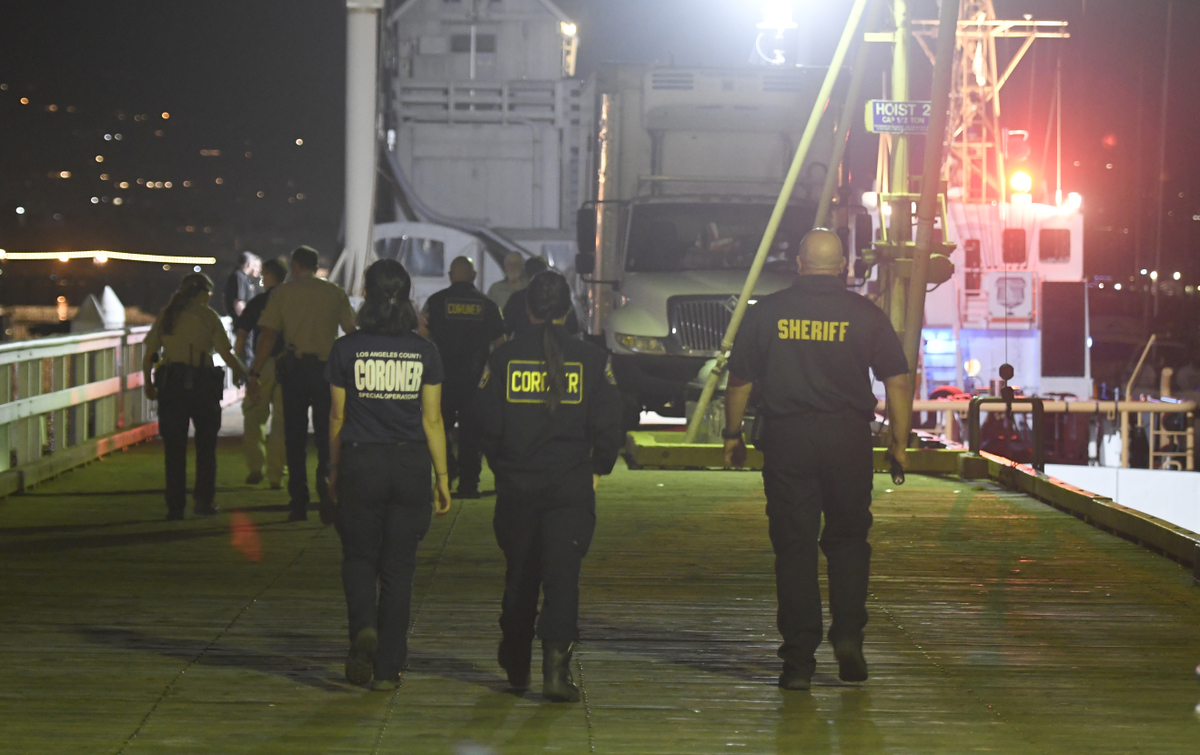
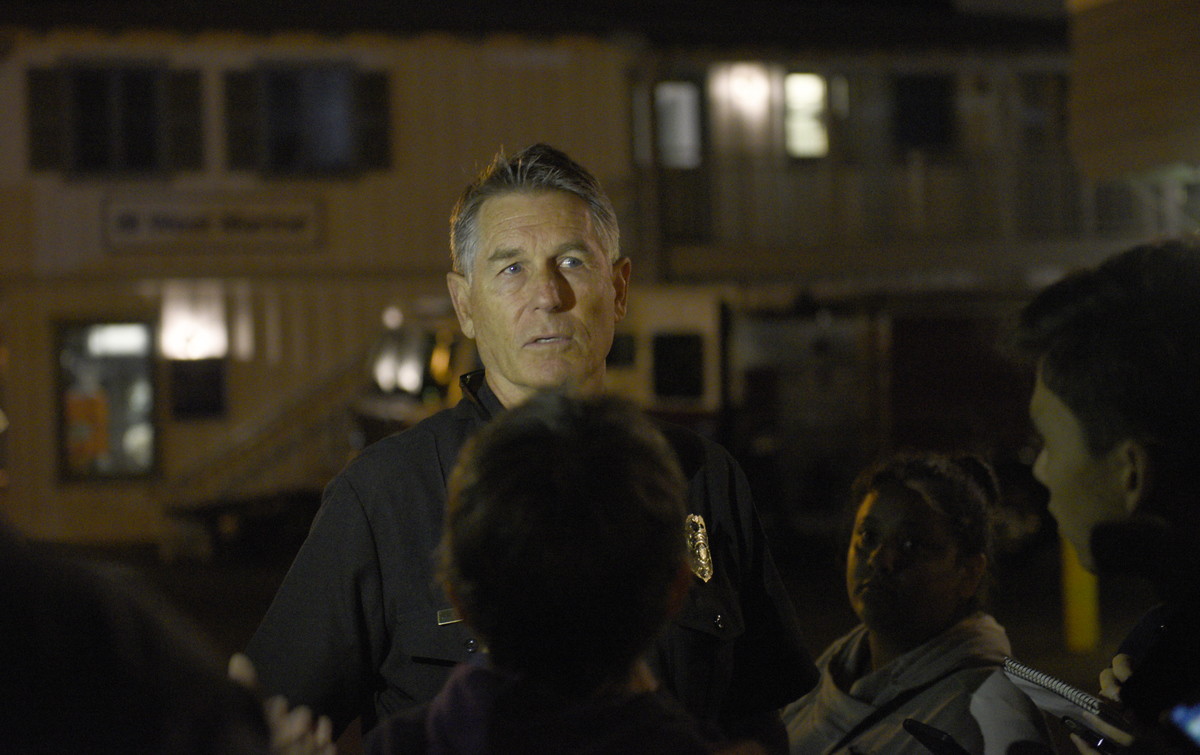



You must be logged in to post a comment.